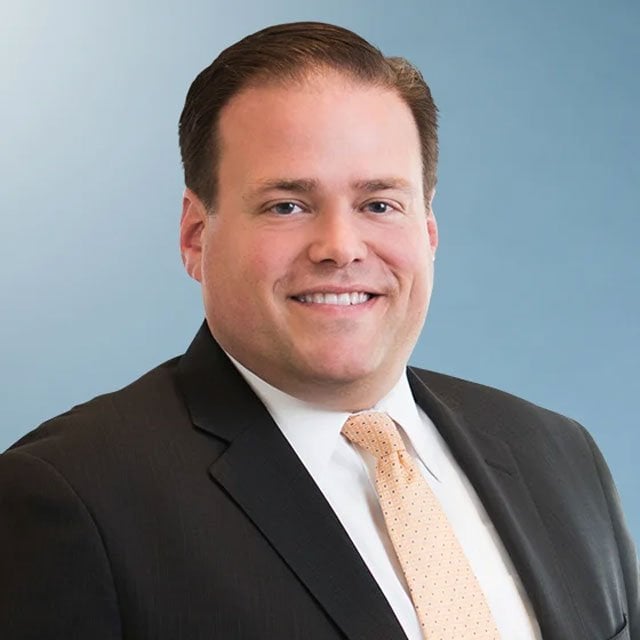Looming DOL Rules Could Have 'Long-Term Ramifications,' Lawyer Warns

While the Internal Revenue Service’s recent news that it has granted a two-year transition period for Roth-only catch-up contributions, a change mandated by the Setting Every Community Up for Retirement Enhancement (Secure) 2.0 Act, is a “very positive sign,” more big decisions are in the pipeline, a former Labor official says.
Advisors should expect more Secure 2.0-related guidance from IRS and Treasury, said Brad Campbell, a partner at Faegre Drinker in Washington and former head of Labor’s Employee Benefits Security Administration.
ThinkAdvisor caught up with Campbell after the firm’s recent Inside the Beltway webcast to talk about forthcoming Secure 2.0 guidance as well as what’s on the agenda for lawmakers and the Labor Department.
THINKADVISOR: On Faegre Drinker’s recent Inside the Beltway webcast, you mentioned that the IRS will be releasing the bulk of Secure 2.0 guidance/rulings. Can you outline how many there will likely be and what they will entail? Also, can we expect these to be issued by IRS this year?
Campbell: While all of the relevant agencies have a significant new workload as a result of Secure 2.0, the burden falls most heavily on Treasury and the IRS, not only in volume, but also in urgency.
The recent guidance providing a two-year transition period for Roth-only catch-up contributions was a very positive sign for two reasons.
First, it proved that the IRS has been listening to concerns and is ready to begin issuing much-needed significant guidance.
Second, it showed that the policy decisions on implementation are likely to recognize the real-world difficulties in Secure 2.0 implementation, providing appropriate relief from the new law’s errors, omissions and ambiguities.
We don’t yet know when or how many guidance documents are coming, but the willingness of the IRS to provide an effective delay in mandatory compliance on this provision has gone a long way to reassure the regulated community that the agency acknowledges legitimate concerns about impending deadlines.
Can you detail some of the other IRS guidance that’s expected?
Other major guidance we’re hoping to see in the near term from the IRS:
the participant election of Roth treatment for employer matching and non-elective contributions, including vesting issues, payroll and income tax reporting issues, and election process issues;
implementation of the new distribution options related to terminal illness, domestic abuse, and emergency withdrawals, such as eligibility and documentation requirements;
the student loan provision addressing issues like claims processing, the timing of matching contributions related to QSLPs, and eligible loans; and
implementation of pension-linked emergency savings accounts, including notice requirements, determination of eligibility for employees, and the status of withdrawals from the emergency account for tax purposes
Besides Labor’s new fiduciary rulemaking, what else are you watching/waiting for in the regulatory realm that advisors should know about?




